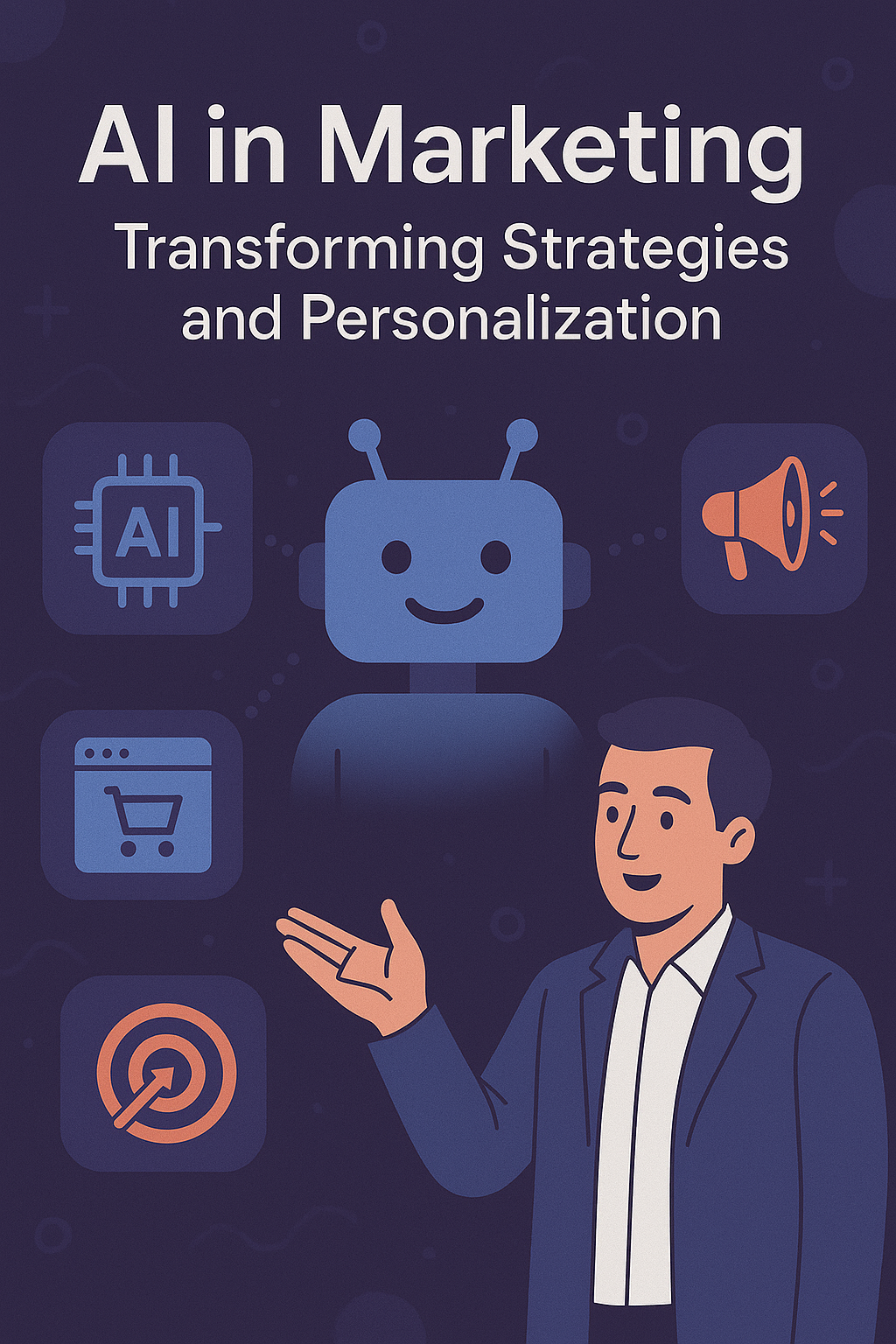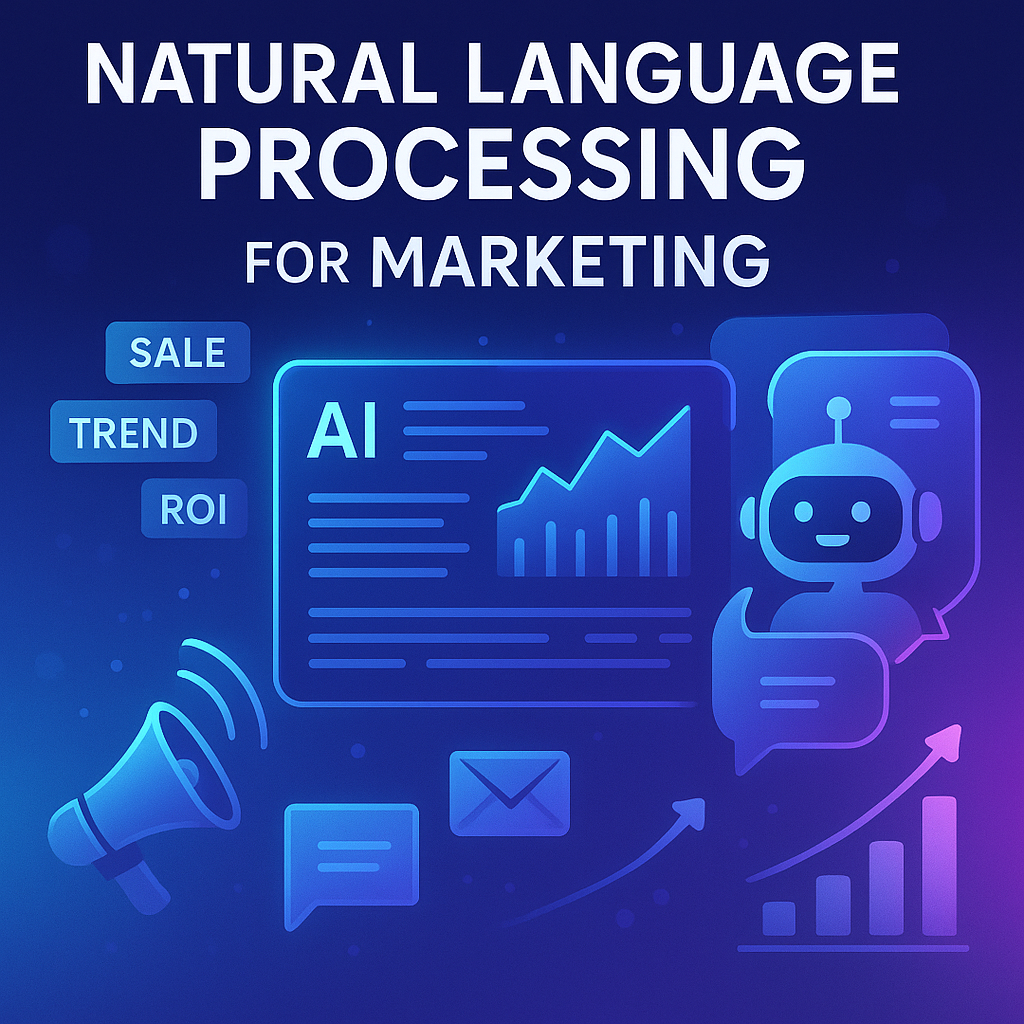Welcome to your ultimate guide on the future of remote work in 2025! 🚀 Whether you’re a professional, a business owner, or a student, understanding how remote work is evolving can change the way you operate. Let's explore how technology, AI, and global trends are shaping the remote landscape — and how you can thrive in it.
Need to strengthen your digital skills? Check out this Beginner's Guide to Programming to boost your remote career.
1. Rise of the Hybrid Remote Work Model
Hybrid models are now the norm, not the exception. Companies are offering employees flexibility to work from home or from office spaces based on preference and project needs.
- 3 days remote + 2 days in-office is becoming common.
- Startups and tech firms are mostly remote-first.
Real World Example: Google adopted a flexible hybrid model for all employees worldwide, blending remote and office work based on team goals.
2. Technologies Powering Remote Work
Modern tech tools are the heart of successful remote work strategies. Key technologies include:
- AI-based productivity tools like Asana Intelligence
- Virtual Reality (VR) meeting spaces
- Augmented Reality (AR) for remote collaboration
- Blockchain for secure contracts and payments
Real World Example: Companies like Meta are investing billions into the Metaverse for virtual offices, aiming to redefine remote collaboration by 2025.
Mathematical Insight: Productivity Formula
You can measure remote work productivity using the basic formula:
Productivity (%) = (Tasks Completed ÷ Tasks Assigned) × 100
Example:
If you completed 45 out of 50 assigned tasks:
Productivity = (45 ÷ 50) × 100 = 90%
A 90% productivity score shows excellent remote work efficiency!
3. Security and Cyber Resilience
With remote setups, cybersecurity has become a major focus. Threats like phishing attacks and data breaches are on the rise.
- Multi-Factor Authentication (MFA) is mandatory in many companies.
- Zero Trust Architecture (ZTA) strategies are replacing old models.
Real World Example: According to the Gartner Future of Work Report, by 2025, over 70% of remote workforce environments will adopt zero-trust security models.
4. AI and Automation Shaping Remote Work
AI tools can automate repetitive tasks, schedule meetings, manage emails, and even predict project bottlenecks!
- Chatbots for customer service 24/7
- Automated project management reports
- AI-based hiring and onboarding systems
Real World Example: Zapier, a fully remote company, automates 80% of its daily tasks using AI-based workflows.
5. Virtual Reality (VR) and Augmented Reality (AR) in Collaboration
Meetings in 3D virtual spaces are now possible. Tools like Oculus Workrooms create virtual conference rooms where teams can interact as if they were physically present.
- Virtual whiteboards for brainstorming
- 3D avatars representing real people
Real World Example: Microsoft's Mesh platform allows remote workers to meet as holographic avatars using AR/VR devices.
Conclusion: Are You Ready for Remote 2025?
The future of remote work is about flexibility, innovation, and resilience. With the right technology, cybersecurity measures, and digital skills, you can stay ahead in the evolving workforce. Embrace AI, explore virtual offices, and continue building your skills with great resources like our Beginner's Guide to Programming.
Want more tips on boosting productivity? Check out AI Tools for Productivity and make remote work even easier!








